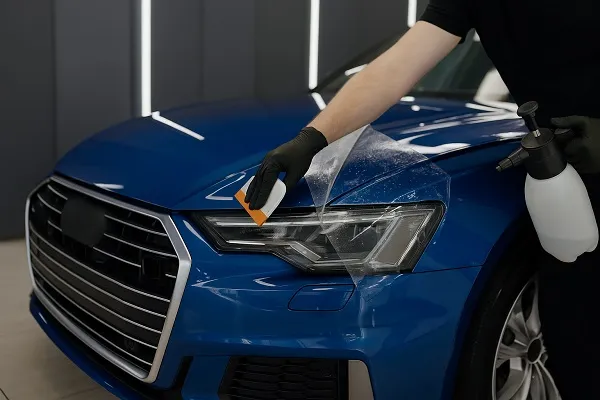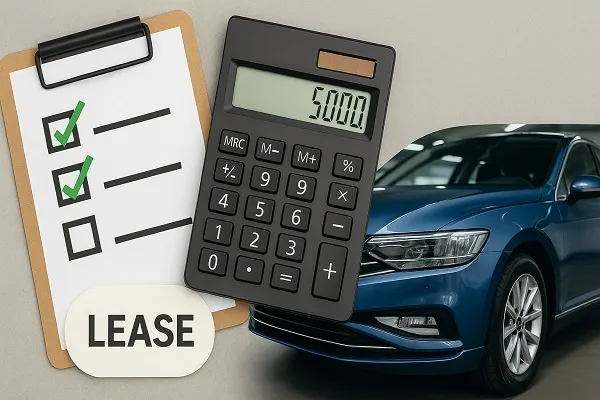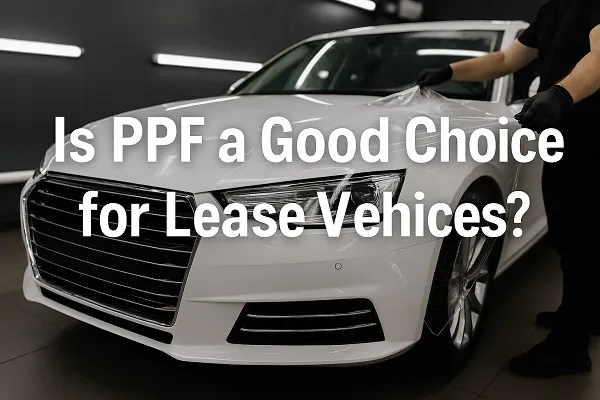When leasing a vehicle, one of the most common concerns is protecting the car’s paintwork from damage and wear. Paint Protection Film (PPF) is often recommended as a safeguard, but is PPF a good choice for lease vehicles? This decision depends on several factors, including cost, lease terms, driving habits, and long-term benefits.
Why PPF Appeals to Lease Vehicle Drivers
Leased vehicles must be returned in good condition to avoid costly fees. Even minor scratches, chips, or scuffs can result in additional charges. PPF offers a protective barrier that reduces the likelihood of these issues, making it appealing for leaseholders who want peace of mind.
Benefits of Applying PPF to a Lease Car
- Minimizes lease-end penalties for paint damage.
- Protects resale value since the vehicle remains in better condition.
- Preserves aesthetics with a glossy finish that keeps the car looking new.
- Offers peace of mind when driving on highways or in high-risk areas for chips and scratches.
Cost Considerations vs. Lease Duration
The upfront cost of PPF can be significant, which raises the question of whether it makes sense for a temporary vehicle.
- Short-term leases (1–2 years): The cost may outweigh the benefits unless you frequently drive in conditions that put your car at high risk of damage.
- Longer leases (3+ years): PPF becomes more justifiable, as there’s more time for chips, scratches, and UV fading to accumulate.
Think of PPF as an investment: if the potential penalty fees and repair costs could exceed the cost of PPF, it’s likely worth considering.
Alternatives to Full-Body PPF

Not every lease driver needs or wants full-body paint protection film. Targeted application can make financial and practical sense.
High-Impact Areas Worth Protecting
- Front bumper and hood
- Side mirrors
- Door edges and handles
- Rocker panels
By applying PPF only to these areas, you can significantly reduce visible wear while keeping costs lower.
How PPF Affects Lease-End Inspections
At the end of a lease, vehicles are carefully inspected. Excessive scratches, chips, and paint damage often lead to added costs.
With PPF in place:
- Chips and scratches are absorbed by the film, not the paint.
- The car maintains a cleaner, newer look.
- Removing the film before return can reveal preserved paint underneath.
However, it’s important to use a reputable installer and quality film. Poor installation or low-grade PPF can peel, yellow, or bubble, which could create problems during the inspection process.
Is PPF Worth It for Luxury or High-End Lease Vehicles?
Luxury vehicles often face stricter lease return inspections and higher repair fees. In these cases, PPF is more than just a protective measure—it’s a way to ensure you don’t get penalized for every minor blemish.
For drivers leasing premium brands like BMW, Mercedes, or Audi, PPF often makes sense because:
- Paint repairs are more costly.
- The car’s finish is a bigger factor in resale or remarketing.
- Lease companies may charge heavily for visible imperfections.
Factors That Influence the Value of PPF on a Lease

Several considerations can help you decide whether PPF is the right choice:
- Lease contract terms – Some agreements are more lenient on wear-and-tear than others.
- Driving environment – Highway commuters, city drivers, and rural drivers all face different risks.
- Personal tolerance – If small scratches bother you, PPF provides reassurance.
- Insurance and coverage – Some policies may cover minor damage, reducing the need for PPF.
Common Misconceptions About PPF and Leased Cars
- “I can’t remove it before return.” – PPF is removable and doesn’t damage the paint when installed and removed correctly.
- “It’s not allowed by leasing companies.” – Most lease agreements don’t prohibit protective measures like PPF.
- “It’s too expensive for a lease.” – While upfront costs can be high, avoiding just one or two repainting fees could balance out the investment.
For lease vehicle drivers, PPF can be a smart move if the cost aligns with the lease duration and potential end-of-lease penalties. It’s especially worthwhile for longer leases, luxury vehicles, and drivers who frequently face high-risk road conditions. For those who want to minimize their lease-end expenses and preserve the vehicle’s appearance, investing in PPF could ultimately provide both financial and practical benefits.

